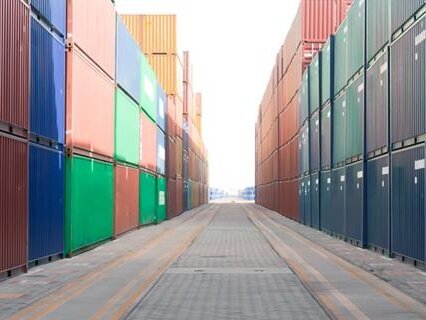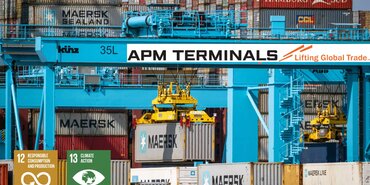Case 3 Equipment and Cargo Liability

Case 3 Equipment and Cargo Liability
A Member who owns and operates tank containers, is insured in the transport operator category of the Club for both cargo liabilities and equipment loss or damage. Two tank containers, each loaded with about 20 tonnes of non-hazardous chemicals, were sent by sea from UK to Sweden. During the voyage the ship met heavy weather and the two containers were lost overboard. The member made a claim for the value of the two lost containers, almost USD 50,000, and the cargo-owner's insurers made a claim of USD 75,000 for the lost chemicals.
The Club met the member's claim (less the appropriate deductible) for the replacement of his containers. It then fought a battle over several months with the cargo insurers, who were alleging that the containers had been inadequately secured at the beginning of the voyage, as this would have rendered the member fully liable for the loss. The Club, relying on experts' reports, denied this and sought to rely on the member's trading conditions. In the end, the cargo insurers could not substantiate their allegations and agreed to accept the member's contractual limit of liability, UKP 500.
The Club sought recovery from the shipping company but, as it had issued only a waybill (rather than a bill of lading), it was in turn able to rely on its own conditions of carriage and limit its liability to USD 100 per consignment.
- Author
- Staff Author
- Date
- 12/10/2010




